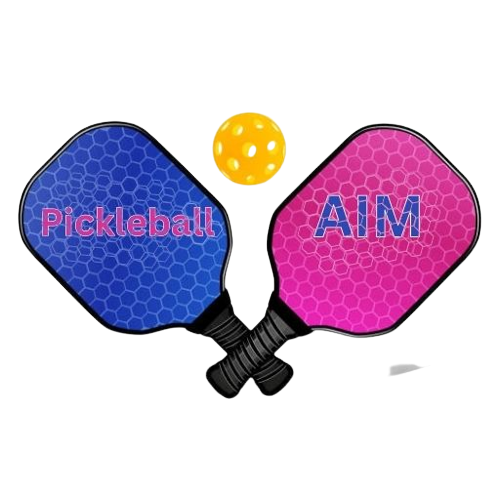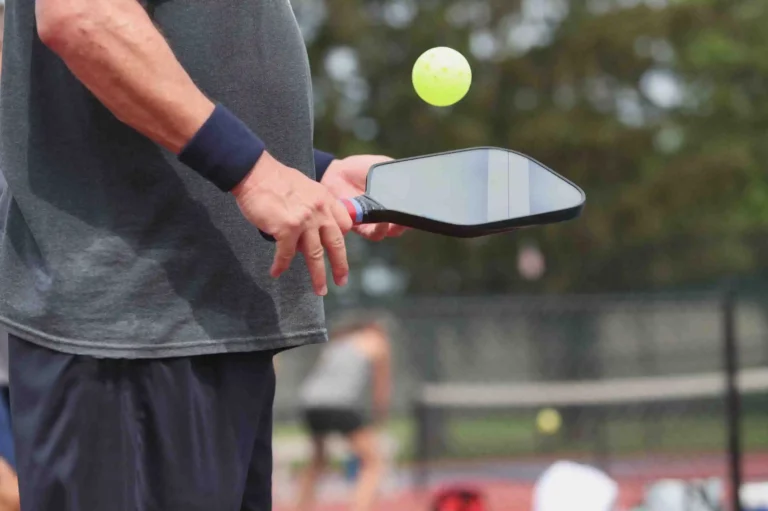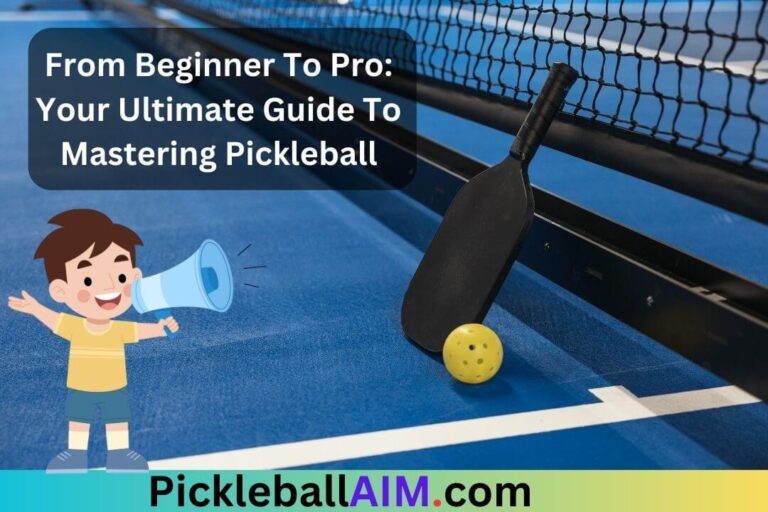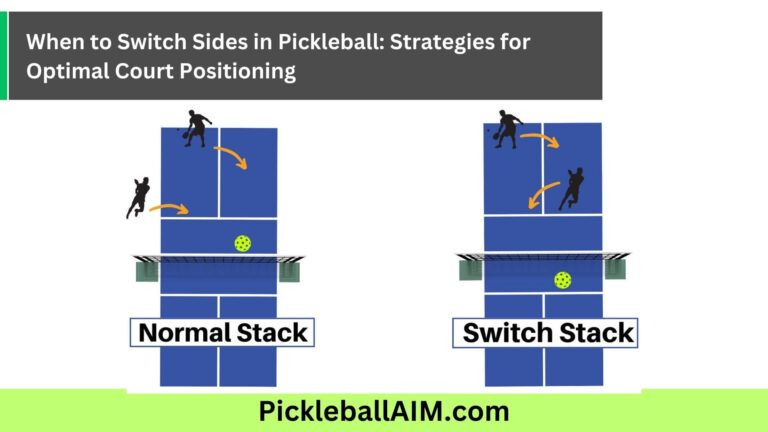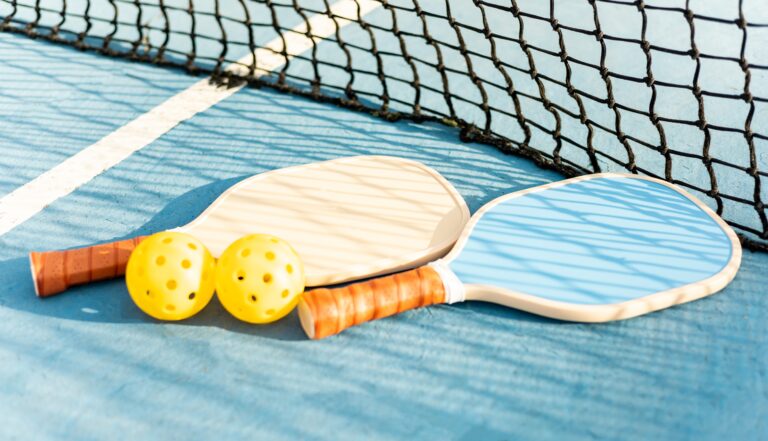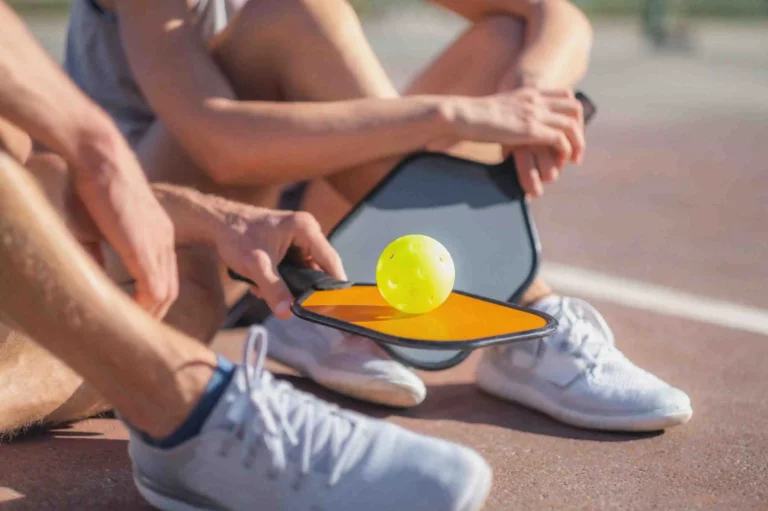Advanced Pickleball Techniques: Tips for Adding Spin to Your Shots
For many pickleball players, mastering the basics is just the beginning. As you progress in your pickleball journey, you’ll find that adding advanced techniques like spin to your shots can elevate your game to new heights. Spin in pickleball can not only make your shots more difficult for opponents to return, but it can also enhance your strategic gameplay, giving you an edge in both singles and doubles play. This post delves into various types of spins, how to execute them, and when to use them effectively on the court.
Understanding Spin in Pickleball
Spin in pickleball involves rotating the ball around its axis as it moves through the air. This action affects the ball’s trajectory and bounce, making it challenging for opponents to predict and return the ball accurately. The key to successful spin lies in your paddle movement and the point of contact with the ball.
Types of Spin
- Topspin: Topspin causes the ball to rotate forward as it travels. This type of spin makes the ball dip faster and bounce higher, which can push your opponent back and disrupt their positioning.
- Backspin (or Slice): Backspin is when the ball spins backward towards you. This makes the ball stay low after it bounces, often staying close to the net, making it difficult for opponents to return aggressively.
- Sidespin: Sidespin causes the ball to curve to the left or right. It’s particularly useful in doubles to move players out of position and open up the court.
Executing Spin Shots
1. Topspin
- Paddle Movement: Start with the paddle below the ball and brush upwards across the ball’s back as you hit it. Your paddle should move in a low-to-high arc.
- Contact Point: Hit the upper half of the ball to drive it forward with topspin.
- Practice Drill: Try continuous topspin serves where you focus on the smooth upward motion of your paddle, aiming to make the ball bounce high and deep into the opponent’s court.
2. Backspin (Slice)
- Paddle Movement: Start with your paddle above or behind the ball and slice downward at the point of contact, brushing the front of the ball.
- Contact Point: Aim for the lower part of the ball to maximize the backspin effect.
- Practice Drill: Practice slicing from both the baseline and near the net. Notice how the ball’s trajectory changes and how it affects your opponent’s return.
3. Sidespin
- Paddle Movement: Swing your paddle laterally across the ball, either left-to-right or right-to-left, depending on the desired direction of the spin.
- Contact Point: Strike the ball on its side to send it spinning off to one side.
- Practice Drill: Use cones or markers as targets to practice your accuracy with sidespin, aiming to curve the ball around the obstacles.
Tactical Use of Spin in Games
1. Disrupting Opponent’s Rhythm
- Use varying spins to keep your opponent guessing and off-balance. Switch between topspin, backspin, and sidespin to disrupt their timing and force errors.
2. Controlling the Pace
- Backspin can slow down the pace of the game, especially useful if your opponent is hitting hard and fast. It allows you more time to position yourself and prepare for the next shot.
3. Setting Up Offensive Shots
- Topspin can be a great setup for more offensive plays. It can force your opponent to hit a defensive shot in return, giving you a favorable position to attack.
4. Winning Points with Placement
- Sidespin can be used to curve the ball around your opponent or to hit it where they aren’t. It’s particularly effective in doubles when you need to keep the ball away from a dominant player.
Tips for Practice and Improvement
- Start Slow: Begin with light spin to understand how it affects the ball and gradually increase the intensity as you get more comfortable.
- Use the Right Equipment: Some paddles are better suited for spin than others. Paddles with textured surfaces can grip the ball better and enhance spin effects.
- Watch and Learn: Observe higher-level players and how they use spin in their games. Notice the situations where spin is most effective and try to implement similar strategies.
- Consistent Practice: As with any advanced technique, consistency is key. Dedicate time to practice spin in various game-like scenarios.
Adding spin to your shots can significantly enhance your pickleball game, making you a more formidable and strategic player. By understanding the types of spin and practicing their execution, you can start to integrate these advanced techniques into your play style. Remember, the goal of using spin isn’t just to show off—it’s to strategically challenge your opponent and gain an advantage that can help you win more points and ultimately, more games. Keep practicing, stay patient, and watch as your ability to control and manipulate the ball grows with each game.
